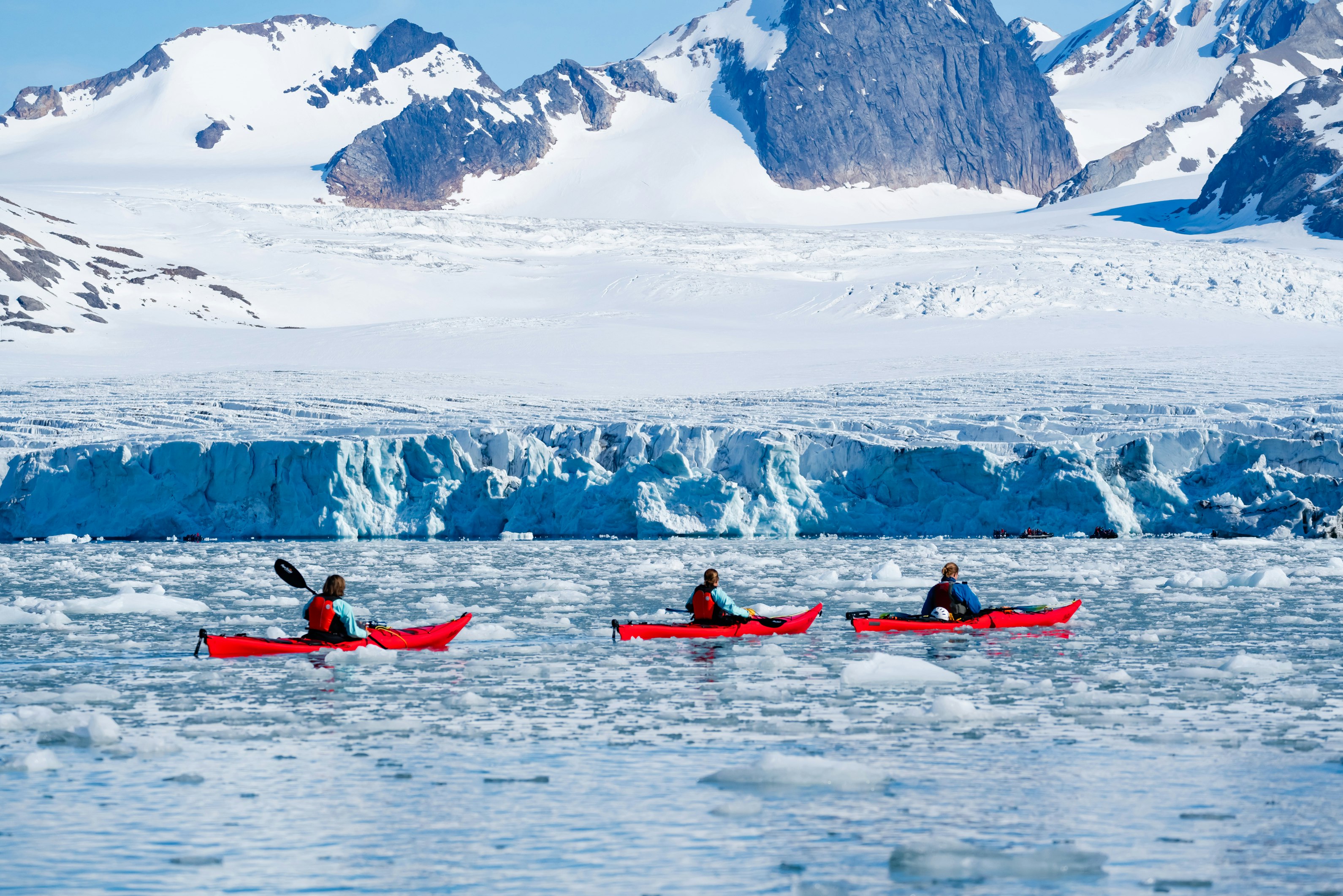Small Ships, Big Adventures in Antarctica
Antarctica is a place where you can disconnect from the noise of the outside world, immersed in the beauty of breathtaking backdrops as you embark on an adventure of spectacular icebergs, iconic the ice, wildlife and the ever-changing landscapes. A place where people become present with each other, forging connections that last a lifetime.
Set sail to Antarctica with Aurora Expeditions’ responsible small ship adventures, with sailings available in 2025, 2026 and 2027.
With over 33 years’ experience, our Antarctica Cruises offer unparalleled adventure. Book the adventure of a lifetime today and secure your preferred stateroom, plus enjoy savings of up to 25% off*!
I would advise anyone with the smallest inkling or desire to visit Antarctica to just do it! My trip was born from an off-the-cuff comment to my husband. After four years of planning and saving, we made it happen and celebrated our wedding anniversary in Antarctica.
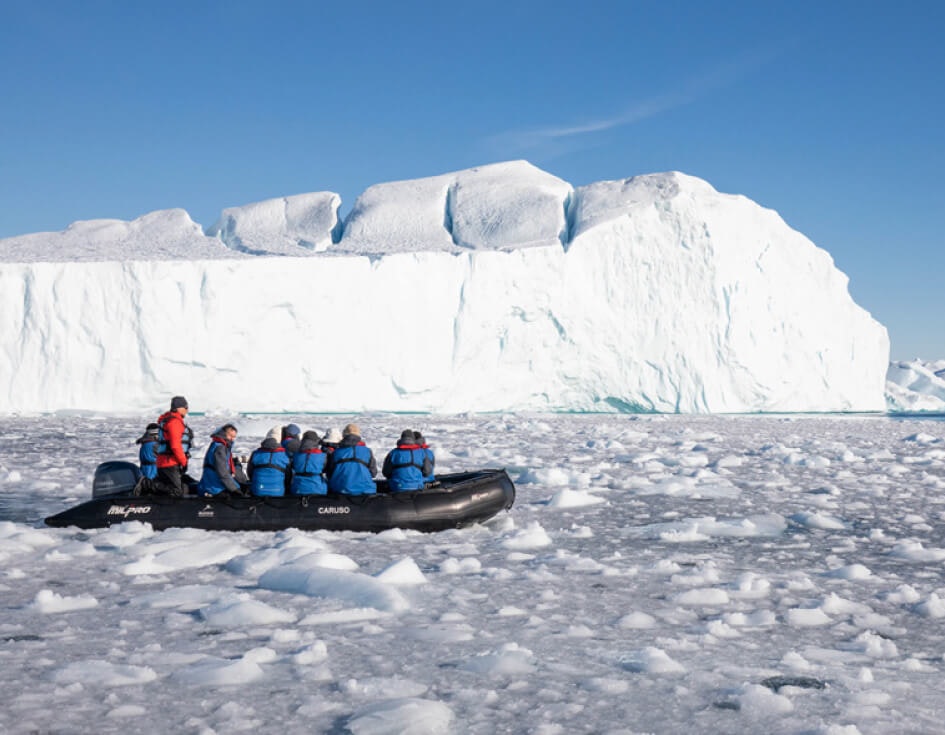
Small Ships | Big Adventures
Polar Expedition
Svalbard
Jewels of the Arctic
15 Days
USD
$18,316
From
$22,895
per person
twin share
Polar Expedition
Greenland
Jewels of the Arctic: Greenland Solar Eclipse
15 Days
USD
$27,095
per person
twin share
Polar Expedition
Northwest Passage
Northwest Passage
16 Days
USD
$20,396
From
$25,495
per person
twin share
Polar Expedition
Norway
Northern Lights Explorer
18 Days
USD
$19,971
From
$23,495
per person
twin share
Discovery Expedition
Iceland
Arctic Golden Autumn & Northern Lights
17 Days
USD
$16,646
From
$22,195
per person
twin share
Polar Expedition
Northwest Passage
Traversing the Northwest Passage
29 Days
USD
$38,636
From
$48,295
per person
twin share
Polar Expedition
Svalbard
Spitsbergen: Realm of the Ice Bear
8 Days
USD
$12,236
From
$14,395
per person
twin share




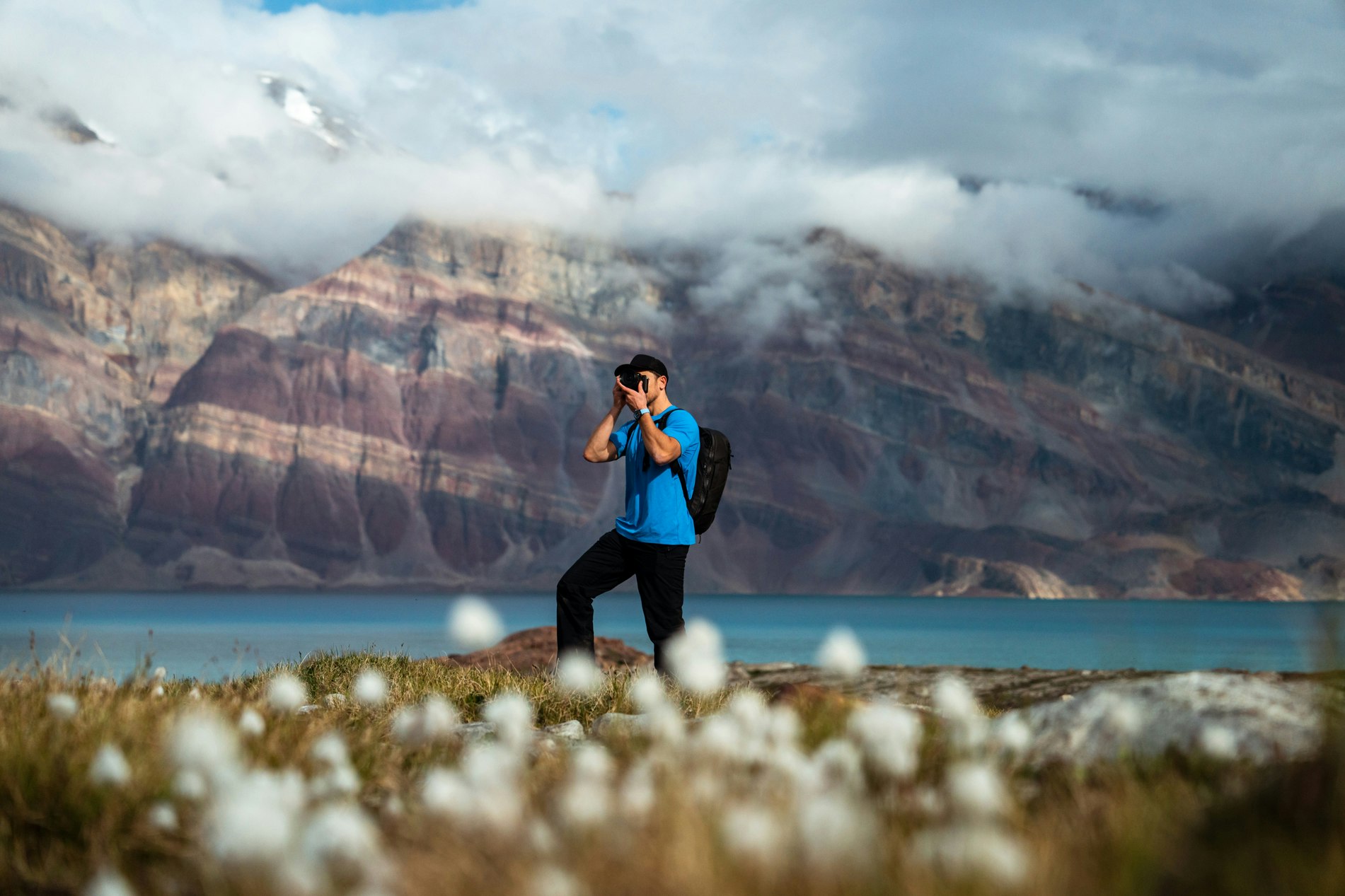-WEB.jpg?language=en&auto=format&w={width}&fit=cover)
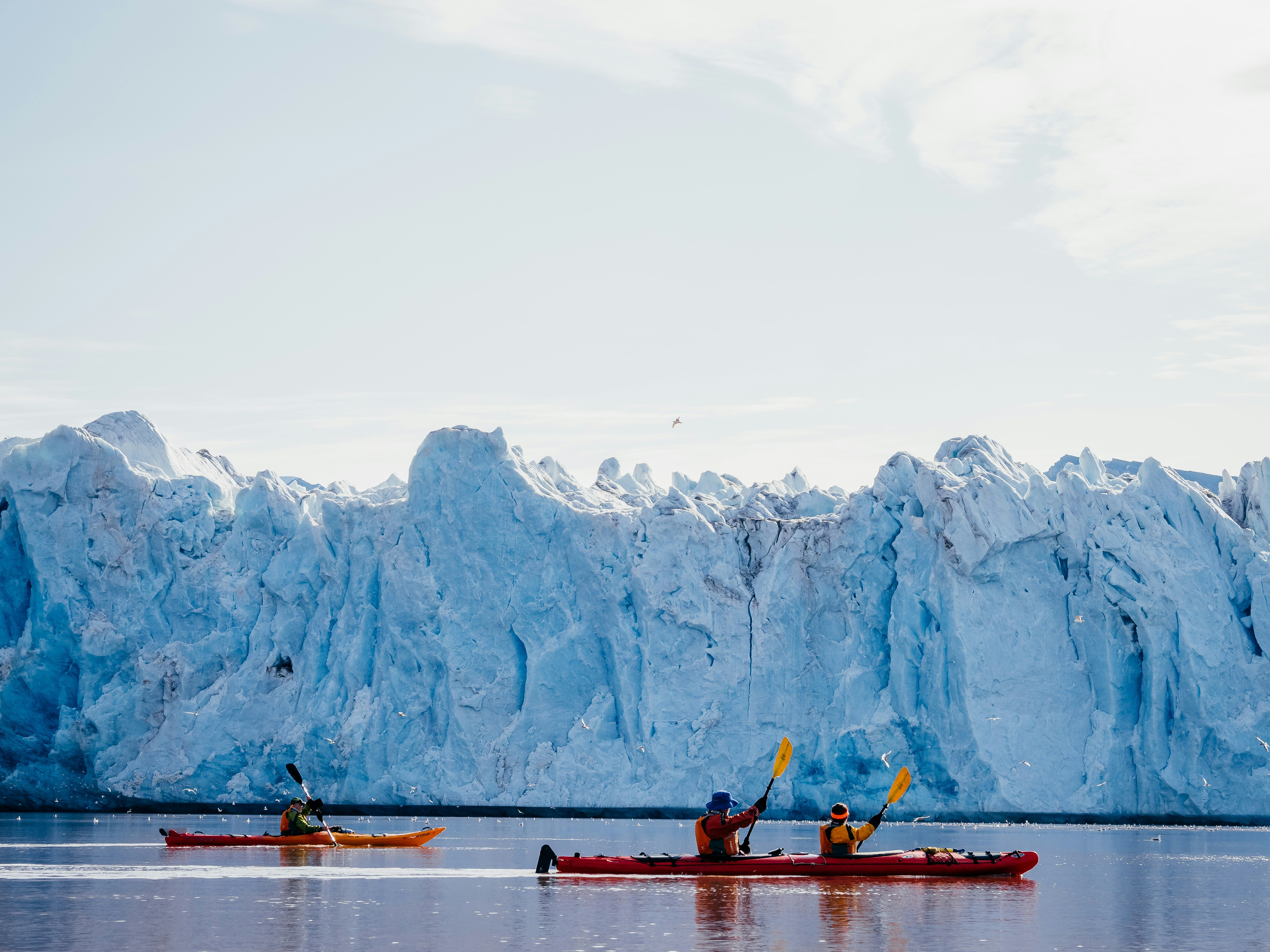
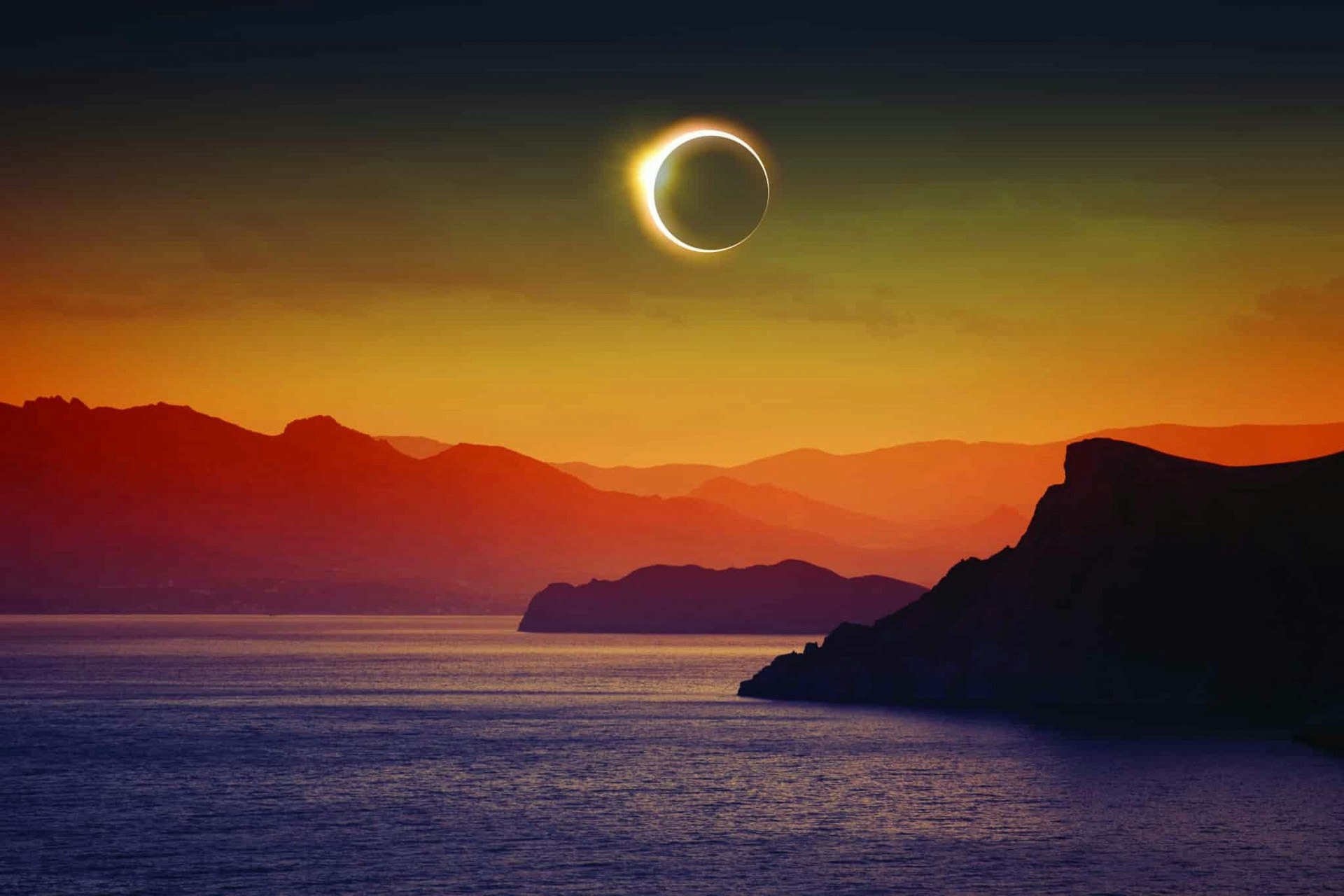




















.jpg?language=en&auto=format&w={width}&fit=cover)



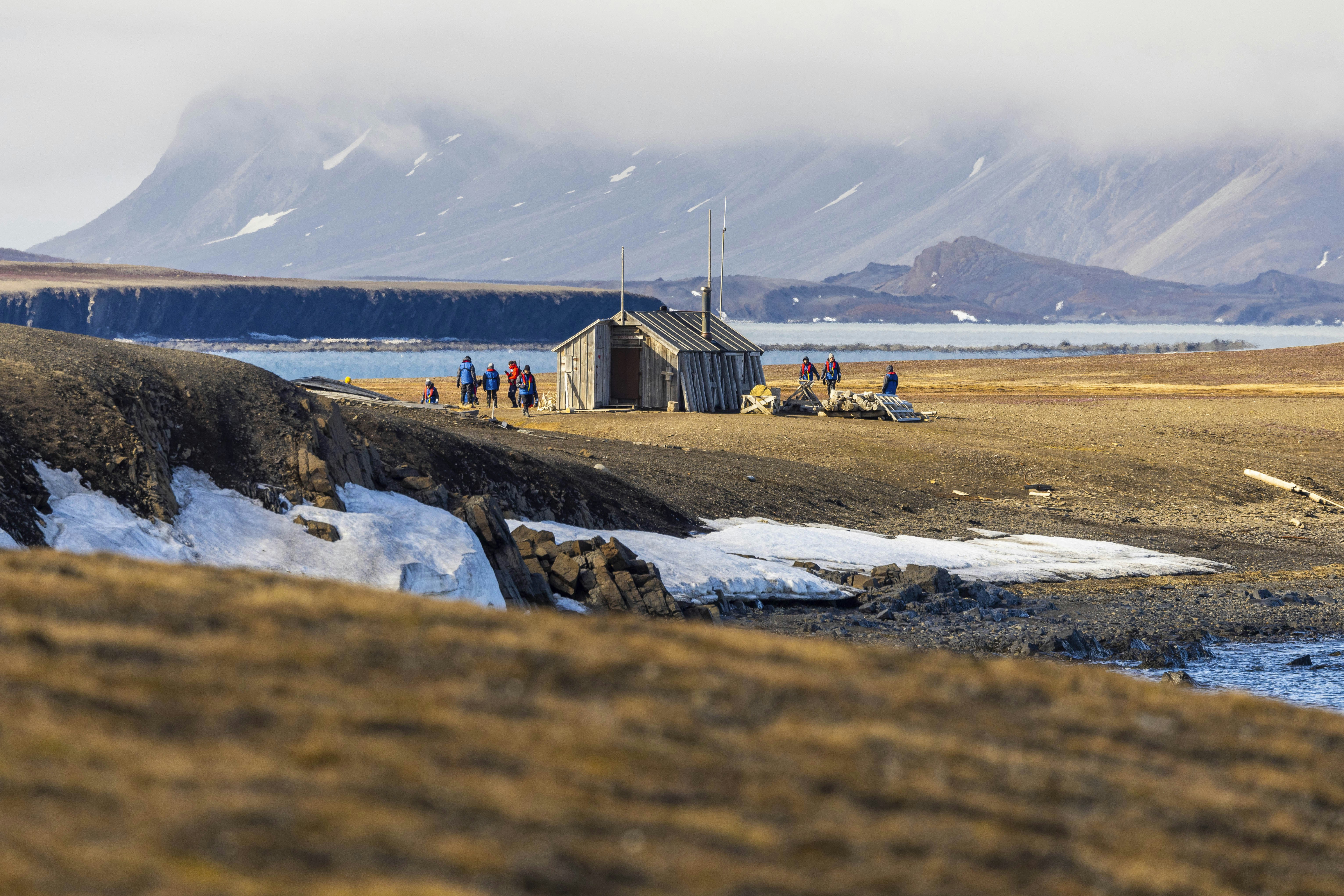


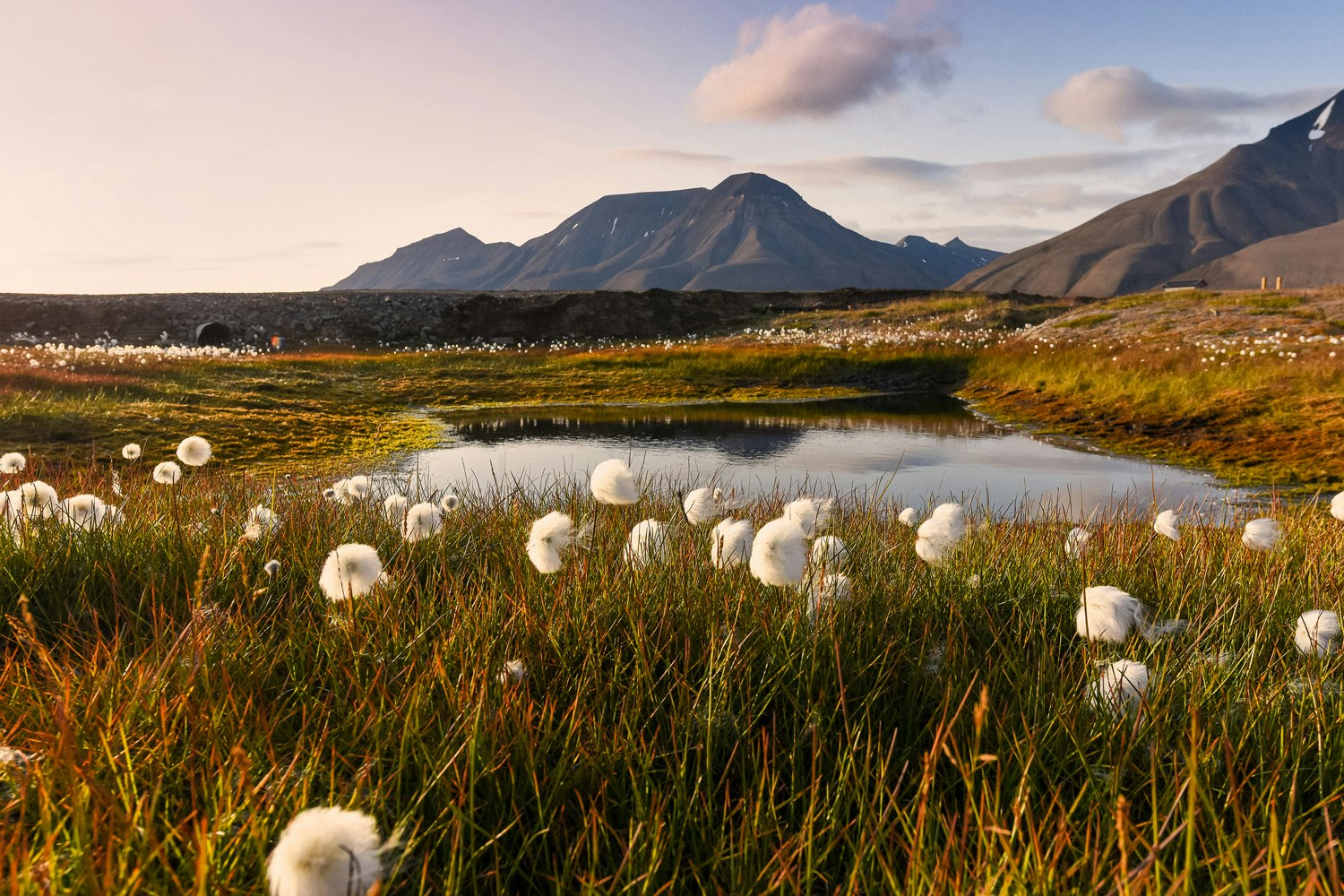













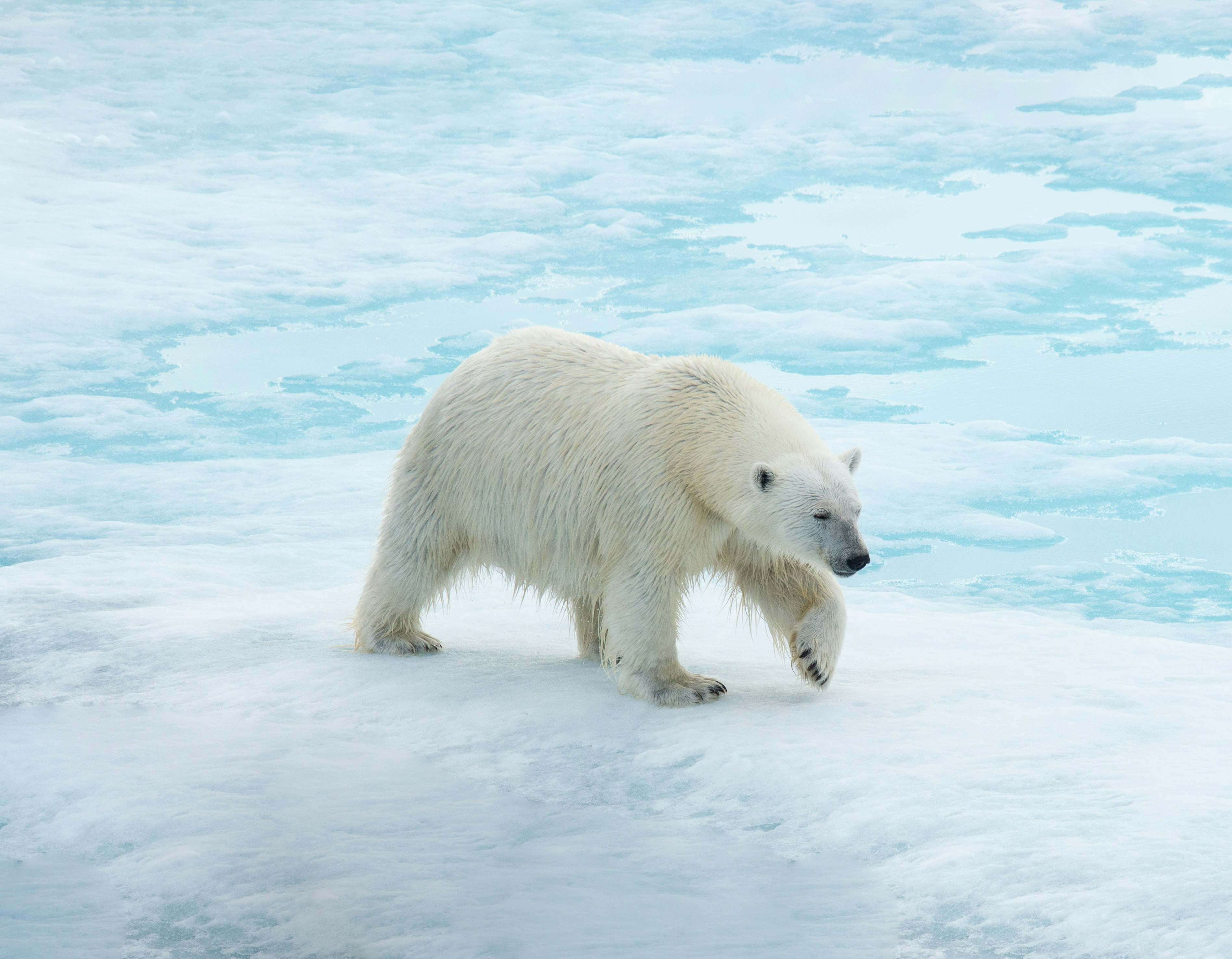.jpg?language=en&auto=format&w={width}&fit=cover)


